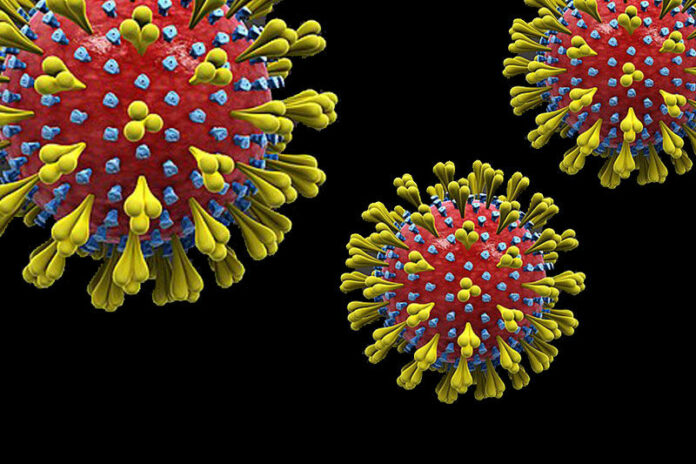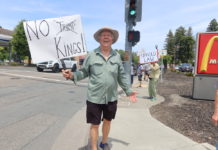(Editor’s note: Less than 24 hours after this article was posted, the governor made additional changes to the statewide and local orders. Please see the most updated information here.)
Restaurants, wineries, tasting rooms and bars will be allowed to operate business outdoors, while movie theaters and family entertainment centers will be shuttered until Aug. 2
After being put on a state watchlist at the end of last week, parts of some Sonoma County businesses were ordered to close again Sunday afternoon, with the closures effective at 12:01 a.m. on Monday, July 13. The state order comes after weeks of elevated COVID-19 case numbers.
The state health order prohibits indoor operation for restaurants, wineries and tasting rooms, bars, clubs, breweries, brewpubs and distilleries, movie theaters, family entertainment centers like bowling alleys and arcades, zoos and museums and card rooms. Though businesses won’t be able to operate indoor services, they will be able to offer limited outdoor services.
According to the county of Sonoma, outdoor dining and take-out will still be permitted for restaurants, wineries and tasting rooms can operate outdoors without being required to serve food and bars, clubs, brewpubs and distilleries can serve alcohol outdoors in the same transaction as a meal.
The state order will be in effect until Aug. 2 at the earliest.
“This new order by the state does not come as a surprise given the rapid escalation of our infection rate and hospitalizations,” said Sonoma County Health Officer Dr. Sundari Mase. “This will be one more tool to help us slow the spread in our community.”
According to Mase, the county’s caseload per 100,000 residents has increased six-fold since early June, from 20 cases per 100,000 residents to 120 cases.
According to the California Department of Public Health’s county monitoring list, one of the leading causes for the county being put on the list of counties forced to reverse parts of their shelter order is increased hospitalization of those with COVID-19.
“Drivers of the situation include outbreaks in skilled nursing facilities (SNFs) and residential care facilities for the elderly, and rising case rates, particularly in the Latinx community, due to exposure of essential workers, household clusters, increasing workplace and community transmission with the state’s reopening and large social gatherings,” the state health department’s website states.
According to the Department of Public Health, key actions the county should take to address its numbers include:
- restructuring of SNFs to allow for quarantine/isolation of PUIs (patients under investigation) and positive cases to avoid further spread,
- field surveillance and testing at congregate care sites,
- formation of a Latinx community workgroup, pop-up testing sites in Latinx community locations with highest rates of case transmission, and partnerships with community organizations and health partners to provide culturally sensitive case management and connection to resources,
- building contact tracing and case investigation capacity and hiring of additional bilingual/bicultural staff,
- public messaging and education on the importance of hygiene, social distancing, not gathering and facial coverings,
- outreach and support to businesses around implementing safety measures,
- building alternate care site capacity to expand health care capacity and non-congregate care site for isolation/quarantine, and
- securing PPE (personal protective equipment) supplies in preparation for possible shortages in hospitals and skilled nursing facilities.
Sonoma County’s virus cases have spiked recently, beginning with the county hitting a new high point for new cases on July 3.
Updated at 9:30 p.m. on Saturday, July 11, the most recent numbers released by the county show 1,703 total cases, with 914 active and 773 recovered. The county also reported two new deaths this weekend, bringing the total to 16 people.
Counties being monitored at the state level are put on the California Department of Public Health’s data monitoring chart, which identifies the reasons the county is being placed on the list, as well as actions that need to be taken to address the reasons.









